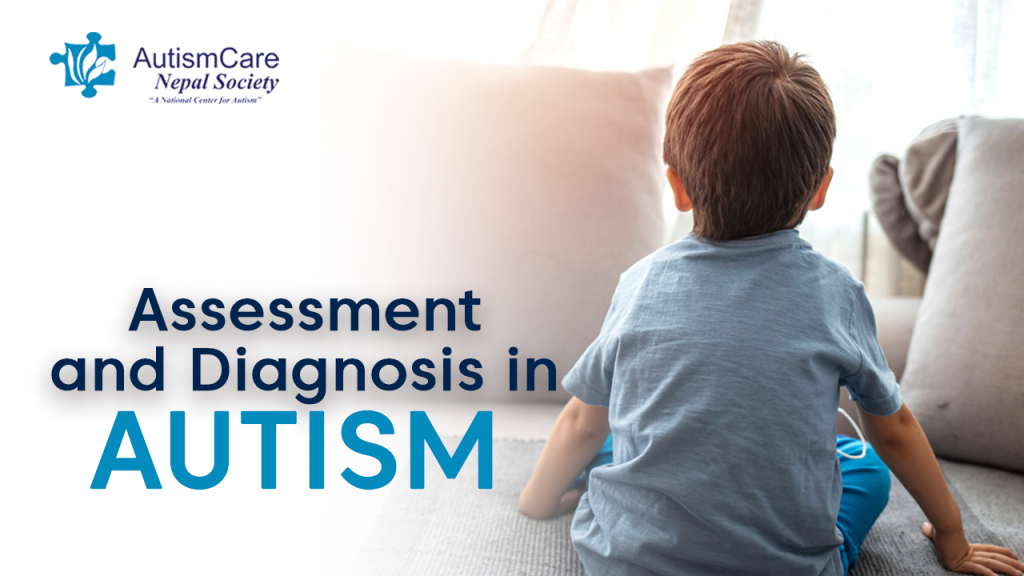Introduction:
Assessment and diagnosis are pivotal steps in understanding and supporting individuals with autism spectrum disorder (ASD). Early and accurate identification of autism is essential for initiating timely interventions and tailored support. In this guide, we explore the significance of assessment and diagnosis in the context of autism and how these processes contribute to improved outcomes for individuals on the spectrum.
Why Assessment Matters:
- Early Intervention Opportunities:
- Timely assessment allows for early intervention, which has been shown to significantly improve developmental outcomes in individuals with autism. Early support can enhance communication skills, social interactions, and adaptive behaviors.
- Treatment Plans:
- Assessment provides a comprehensive understanding of an individual’s strengths and challenges, the way for the development of personalized treatment plans. Tailored interventions target specific needs, fostering optimal progress.
- Access to Support Services:
- A formal diagnosis is often required for individuals to access various support services, therapies, and educational accommodations. Assessment facilitates the identification of specific needs, ensuring that the right resources are allocated.
The Assessment Process:
- Multidisciplinary Evaluation:
- Assessment typically involves a multidisciplinary team, including psychologists, speech-language pathologists, occupational therapists, and other specialists. This collaborative approach ensures a comprehensive evaluation of various aspects of development.
- Observational Assessments:
- Behavioral observations play a crucial role in autism assessment. Professionals closely observe an individual’s social interactions, communication skills, and repetitive behaviors to identify potential indicators of ASD.
- Parent and Caregiver Input:
- Valuable insights from parents and caregivers are integral to the assessment process. They provide essential information about the individual’s behavior, developmental history, and unique strengths, contributing to a more holistic understanding.
The Role of Diagnosis:
- Formalizing the ASD Diagnosis:
- A formal diagnosis of autism is typically made based on established criteria outlined in diagnostic manuals such as the Diagnostic and Statistical Manual of Mental Disorders (DSM-5). This diagnosis provides clarity and informs the development of targeted interventions.
- Clarifying Co-occurring Conditions:
- In addition to autism, individuals may have co-occurring conditions such as attention-deficit/hyperactivity disorder (ADHD) or anxiety. A comprehensive diagnosis helps identify and address these additional challenges.
Challenges in the Assessment Process:
- Cultural Sensitivity:
- Professionals conducting assessments should be culturally sensitive, recognizing and respecting diverse backgrounds and experiences. Culturally informed assessments ensure accurate evaluations and meaningful recommendations.
- Flexibility and Adaptability:
- The assessment process should be flexible and adaptable to accommodate the unique needs of each individual. This includes considering sensory sensitivities, communication preferences, and other factors that may influence the assessment experience.
Conclusion:
In the journey of understanding autism, assessment and diagnosis are critical milestones. They open doors to support, intervention, and a clearer path forward. By recognizing the importance of a thorough assessment process and embracing a collaborative and culturally sensitive approach, we pave the way for individuals with autism to reach their full potential. Early intervention, informed by accurate assessment and diagnosis, empowers individuals on the autism spectrum to thrive and lead fulfilling lives.
